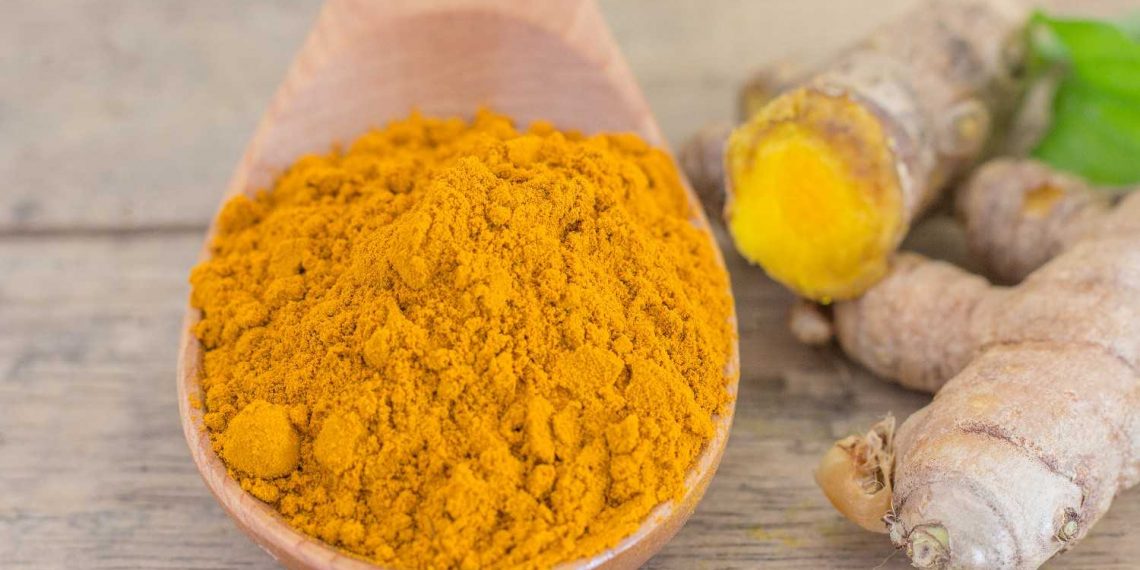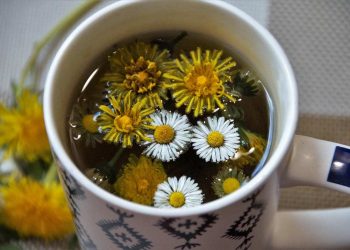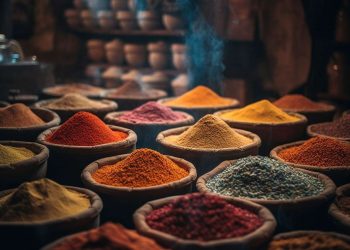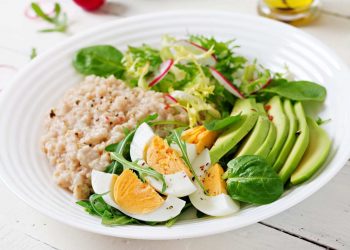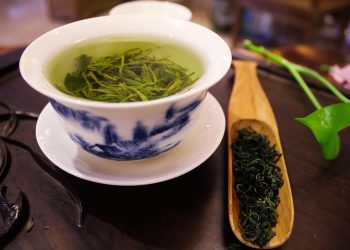Bones healing spices are not a trend. They are a practical, powerful way to support the body’s repair work after fractures, surgery, or long-term wear. In plain terms: these are spices and culinary herbs with compounds that reduce inflammation, boost circulation, and encourage bone-building cells to get to work. If you want faster recovery, less pain, and stronger bones long-term, this matters to you.
Contents
7 Ways Bones Healing Spices Speed Bone Repair
I’ve spent years watching women and men come back from injuries, stubborn aches, and surgeries. They want remedies that feel honest and work. These seven mechanisms—backed by research and real-life results—are how bones healing spices actually help your body mend.
1. They Calm Inflammation Fast
Inflammation is the first responder after a break. Too much, for too long, slows repair. Spices like turmeric and ginger contain compounds that quiet inflammatory signals without the heavy side effects of long-term drugs.
- Curcumin, the active piece in turmeric, has been shown in clinical studies to reduce markers of inflammation and pain. You can read about curcumin’s effects at PubMed and the National Center for Complementary and Integrative Health.
- Gingerol from ginger also tampers down inflammatory pathways and eases swelling.
When inflammation drops, cells called osteoblasts—your bone-builders—get to work faster. That’s why adding bones healing spices to meals matters early in recovery.
2. They Boost Blood Flow To The Break
Bones don’t repair by themselves. They rely on a steady supply of oxygen, nutrients, and immune cells carried by blood. Black pepper, cinnamon, and cayenne stimulate circulation and help nutrients reach the injured area.
- Piperine in black pepper improves absorption of other healing compounds like curcumin.
- Capsaicin in cayenne increases local blood flow and has been used topically for pain management.
Better circulation means the right cells show up sooner, with the right supplies. Use spice blends on vegetables, soups, and broths to harness circulation benefits from bones healing spices.
3. They Support Collagen And Matrix Formation
Bone healing isn’t just mineral. First comes a collagen scaffold—the matrix—that mineralizes into hard bone. Certain spices support collagen production and protect the proteins that form that scaffold.
- Clove and cinnamon are rich in antioxidants that protect new collagen from oxidative damage.
- Some compounds in rosemary promote fibroblast activity, the cells that lay down early matrix.
When you eat dishes seasoned with bones healing spices, you help ensure the scaffold is sound and ready for mineralization.
4. They Encourage Bone-Forming Cells
Osteoblasts build bone. Osteoclasts break it down. For healing, you want a tilt toward building. Several herbs nudge that balance.
- Studies show curcumin can encourage osteoblast differentiation and reduce osteoclast activity.
- Garlic compounds have shown promise in promoting bone density in animal studies.
These effects are subtle but cumulative. Consistent culinary use of bones healing spices supports a biochemical environment that favors repair.
5. They Improve Nutrient Absorption
It’s one thing to eat calcium and vitamin D; it’s another for your body to absorb what it needs. Many spices help the body take up nutrients.
- Black pepper enhances curcumin absorption dramatically, making turmeric far more effective when paired together.
- Certain spice blends stimulate digestive enzymes, improving absorption of minerals that bone repair needs.
Pairing calcium-rich foods with bones healing spices helps your body get the building blocks where they are needed.
6. They Reduce Pain And Improve Mobility
Pain shrinks your world. When you move less, healing slows and muscles weaken. Spices such as turmeric, ginger, and cayenne have analgesic properties that can reduce pain and restore mobility.
- Capsaicin patches are used clinically for nerve pain because capsaicin desensitizes pain receptors.
- Turmeric’s anti-inflammatory effect translates into meaningful pain relief for many people recovering from injury.
When you feel less pain, you move sooner and more confidently. That movement is crucial for proper alignment and load-bearing during bone repair—another reason bones healing spices matter.
7. They Support Long-Term Bone Health
Healing is not just about the short term. After a fracture, you also want a lower risk of future breaks. Regular use of certain spices supports overall bone density and metabolic health.
- Antioxidant-rich spices help minimize chronic oxidative stress, which contributes to bone loss.
- Some compounds influence hormones and signaling pathways that regulate bone remodeling.
In short, bones healing spices are allies for recovery and for the long game.
How To Use Bones Healing Spices Every Day
This isn’t complicated. Small, regular habits win.
- Add turmeric and black pepper to soups, scrambled eggs, and smoothies. The pepper boosts turmeric’s effect.
- Stir fresh ginger into teas and broths. Try grated ginger with lemon and honey when your throat or digestion feels off.
- Sprinkle cinnamon on oats or into stews for blood-sugar balance and antioxidant benefits.
- Use garlic and rosemary with roasted vegetables and lean proteins to support collagen and circulation.
- Make a healing spice mix—turmeric, black pepper, ginger, cinnamon, and a pinch of cayenne—and keep it near the stove.
One clear method that helps absorption: pair these spices with a healthy fat like olive oil or avocado. Curcumin is fat-soluble; it needs a carrier.
Real-Life Example: A Patient’s Quick Turnaround
A woman I know broke her wrist in a fall. Her surgeon set the bone and recommended physiotherapy. She added a daily turmeric-laden bone broth, ginger tea, and a spice-driven diet. Within weeks she reported less pain and better mobility than expected. Her follow-up X-rays showed steady callus formation. Anecdotal? Yes. But it mirrors clinical patterns you can read about at reputable medical sites like the National Institutes of Health.
Safety, Dosage, And When To See A Doctor
Spices are powerful. That’s why they deserve respect.
- Talk to your doctor before starting high-dose supplements—especially if you’re on blood thinners or have gallbladder disease.
- Culinary use is safe for most people, but concentrated extracts can interact with medications.
- If your pain worsens, or if you have signs of infection, seek medical attention promptly.
Use food-first strategies, then consider supplements only with professional guidance. This keeps you safe and effective in your recovery.
Simple Healing Recipes To Start Today
Make healing delicious and repeatable. Here are two quick ideas:
- Golden Bone Broth: Simmer bones with turmeric, black pepper, ginger, garlic, and vegetables. Strain and sip warm. This delivers collagen, minerals, and bones healing spices in a bioavailable broth.
- Spiced Roasted Veggies: Toss sweet potatoes, carrots, and broccoli with olive oil, cinnamon, rosemary, and black pepper. Roast until caramelized. Perfect side for calcium-rich greens.
Cooking with intention makes your meals part of your medicine cabinet.
Bottom Line
Bold, simple truth: bones healing spices help your body heal by reducing inflammation, improving circulation, supporting collagen, nudging bone-forming cells, boosting nutrient absorption, easing pain, and protecting long-term bone health. Use them in food first, pair turmeric with black pepper and a little fat, and always check with your healthcare provider before adding concentrated supplements.
You can take small actions today—spice your soup, stir ginger into tea, roast vegetables with rosemary—and those choices stack up into real improvements. Keep going. Your bones will thank you.
FAQ
Can food spices really speed up bone healing?
Yes. Research and clinical experience show that spices like turmeric and ginger reduce inflammation and support biological processes needed for repair. They are supportive, not miraculous, and work best as part of an overall recovery plan.
How often should I use bones healing spices?
Daily culinary use is ideal. Small, consistent doses in meals—teas, broths, and cooked dishes—deliver steady benefits without the risks of high-dose supplements.
Are supplements better than using spices in food?
Supplements can offer higher doses of active compounds but carry more risk for interactions. Food-first approaches are safer and still effective. If considering supplements, consult your physician.
Will these spices interfere with my medications?
Some can, especially blood thinners and certain diabetes drugs. Always discuss new supplements with your healthcare provider before starting them.
References
The National Institutes of Health provides research and information on turmeric and curcumin for inflammation and healing (http://www.nih.gov/).
Harvard Health outlines the effects of anti-inflammatory foods and spices on pain and recovery (http://www.health.harvard.edu/).
PubMed hosts peer-reviewed studies on curcumin, ginger, and bone metabolism that explain the mechanisms discussed above (http://www.ncbi.nlm.nih.gov/pubmed).
The National Center for Complementary and Integrative Health offers guidance on herbal supplements, safety, and interactions (http://www.nccih.nih.gov/).
Get Your FREE Natural Health Guide!
Subscribe now and receive our exclusive ebook packed with natural health tips, practical wellness advice, and easy lifestyle changes — delivered straight to your inbox.

